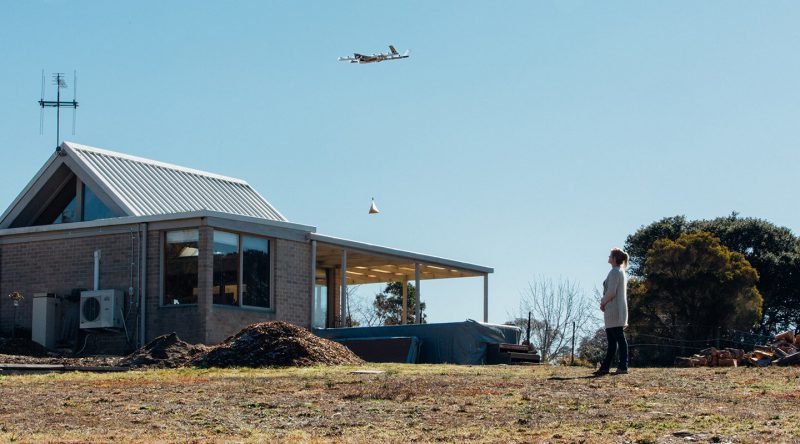Living With Urban Drones
In the last months, we lived through DARPA engaging MAKE Magazine and Otherlab to teach high school students how to “build robots, drones and other low- and medium-tech gadgets” and DARPA Director Regina Dugan (see this video about her work at DARPA) deciding to move to Google. Meanwhile the National Security Agency, USA, resurrected a world-domination-by-data-tracking programme called ‘Total Information Awareness’ and the Federal Government of USA announced extensive funding for big data research’ across fields like science, engineering, education, commerce and government. The USA government seems to have realised that physical surveillance (such as by drones) is rather suitable for low-digital terrains of Afghanistan (see Andrew Cockburn’s ‘Drones Baby Drones’, sorry for LRB membership barrier), while ‘big data’ is the future of surveillance in networked societies of USA and elsewhere.

Meanwhile, reporting from Design Indaba 2012, Terry Levin identified a strong trend in developing ‘transparent and democratic city interfaces’. He mentions works by the usual urban informatics suspect MIT SENSEable City Lab, as well as that of Bjarke Ingels Group, which proposed a very transparent city hall complex in Talinn, Estonia. Conceptualised as a “huge democratic periscope”, the glass skin of the main tower allows the citizens to look at the council meeting in progress inside the tower, and the council members to see the gathered citizens. Levin also provides numerous example of visual communication of urban information making the gathered information more accessible (from Christian Nold to Aaron Koblin).

As Will Self writes beautifully in his recent piece on walking as a political act, often our “conception of [the urban] reality radically diverges from [that of the built] environment.” Self describes how digital mediation of physical space diminishes the role of the actual streetscape on generating experiences of the street, challenges of wayfinding and sociality of walking.
When governance of citizens shifts from a system on physical/analog surveillance infrastructure to of digital tracking of networked activities, we perhaps need new forms of transparencies, new forms of enabling infrastructures. As Quiet Babylon reports, ‘everybody gets a drone now’ — from Occupiers (details here) to journalists. But these drones are often only solving the ‘panoptiswarm problem’ (it allows everybody to see, to become sensors) but does not protect one from the state’s vision. The drones are often presented as prosthesis of the public and not part of the public.

The fascinating Tomorrow’s Thoughts Today presents a very different imagination of urban drone swarm — simultaneously a swarm of enabling digital infrastructure and a participant in the urban public. It walks the urban skies, communicating with the public down below, supporting them with situated pirate networks, and disperse as required or as necessitated by state forces, only to converge and build community elsewhere.
“The [on-ground] public can upload files, photos and share data with one another as the drones float above the significant public spaces of the city. The swarm becomes a pirate broadcast network, a mobile infrastructure that passers-by can interact with. It is a site specific file sharing hub, a temporary, emergent online community where content and information is exchanged across the drone network. When on location, a visitor can log onto the drone network with their phones and laptops. When the audience interacts with the drones they glow with vibrant colours, they break formation, they are called over and their flight pattern becomes more dramatic and expressive. Impromptu augmented communities form around the glowing flock. Their aerial dance and dynamic glowing formations give visual expression to the digital communities of the city.”
Do not miss the video. You will be living with some of them soon. Maybe you are already.
Image courtesies: Demilit, Bustler.net and The Atlantic



